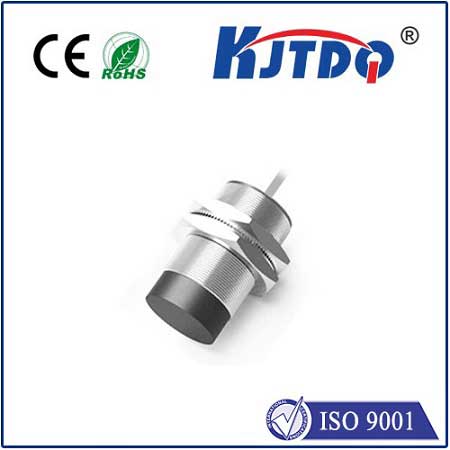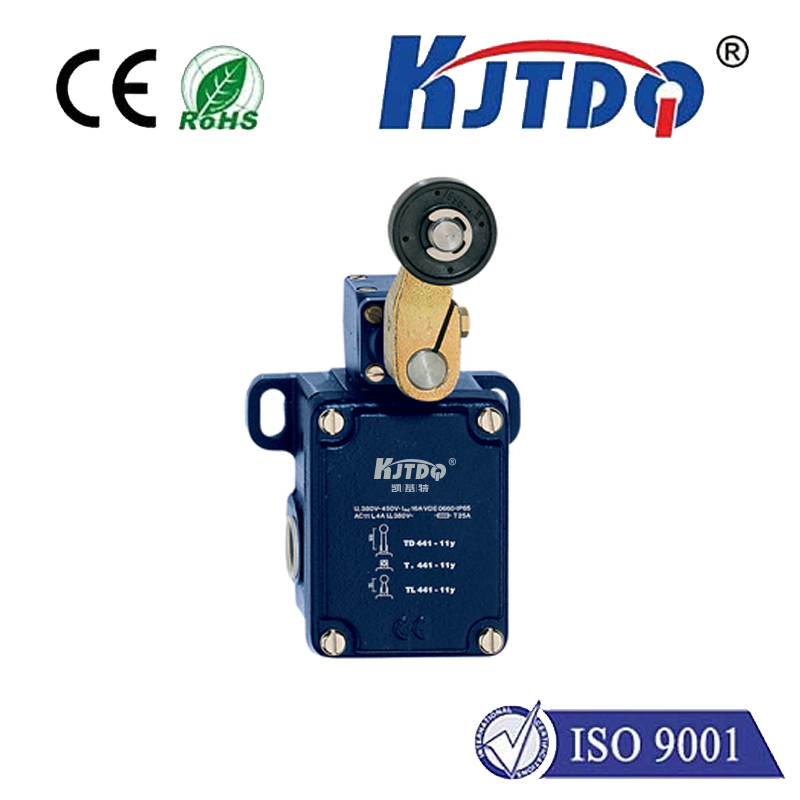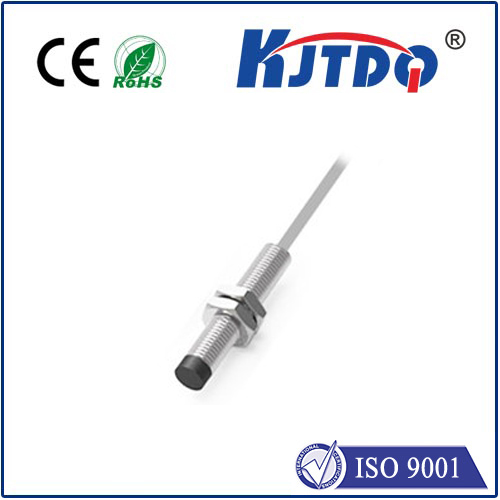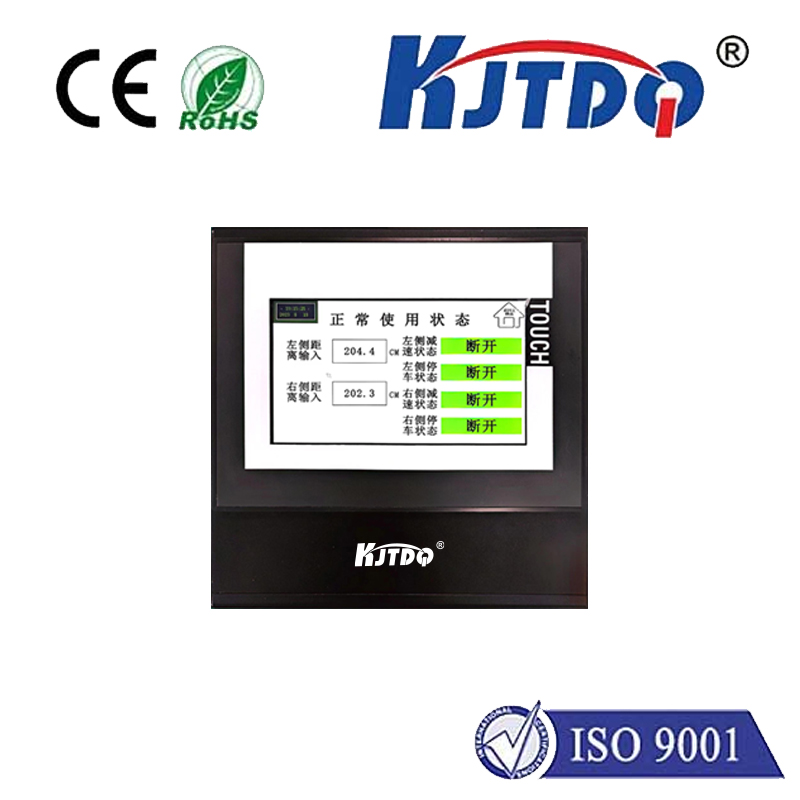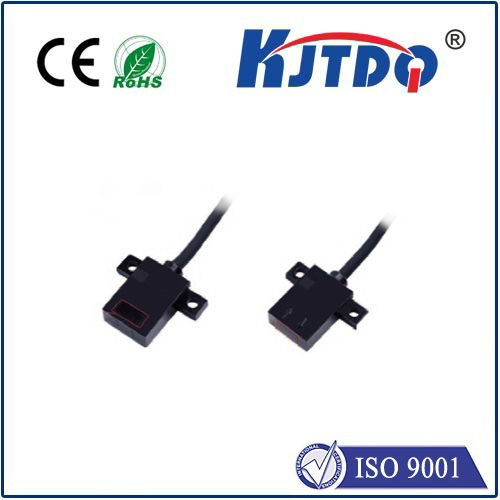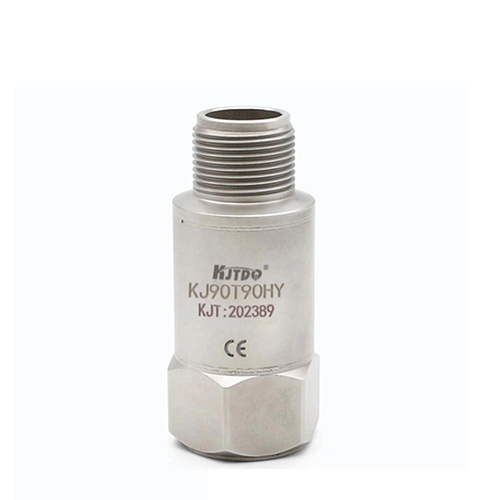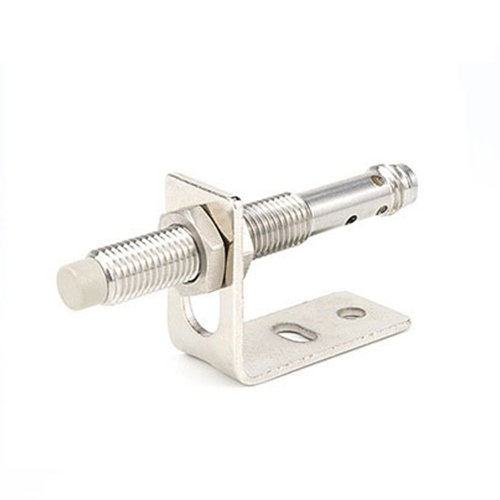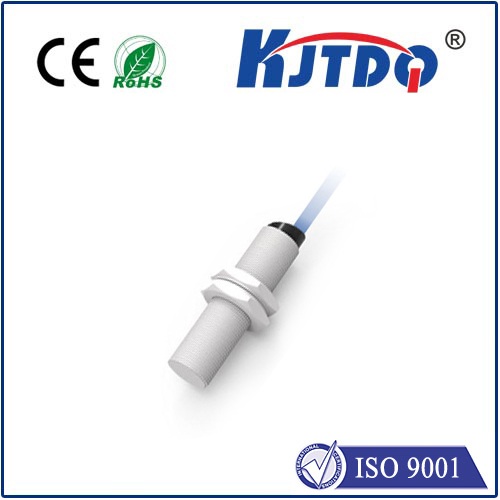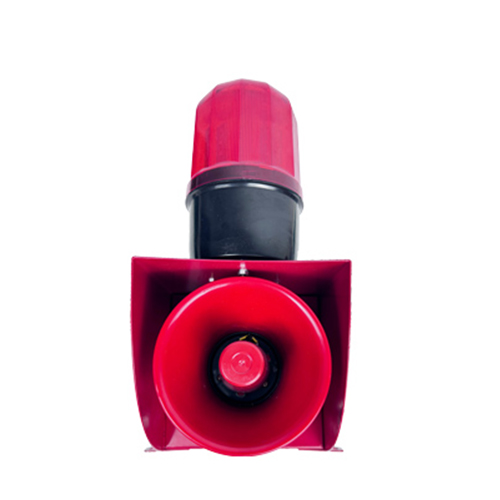

check

check

check

check
The BES022K High Pressure Proximity Sensor: Transforming Industrial Automation with Precision and Reliability
Imagine operating in a high-stakes industrial setting—a hydraulic press humming with power or an offshore oil rig battling extreme pressures—where a single misstep in detecting nearby objects could lead to costly downtime or catastrophic failure. In such environments, traditional sensors often buckle under stress, leaving critical gaps in safety and efficiency. Enter the BES022K high pressure proximity sensor, a game-changer that brings unparalleled accuracy to non-contact detection in the most demanding conditions. This cutting-edge device isn’t just another component; it’s a testament to how advanced technology can tackle real-world challenges, ensuring seamless operations while boosting productivity.

Proximity sensors, at their core, are essential tools for detecting the presence or absence of objects without physical contact, using principles like electromagnetic induction or capacitance to send signals. However, when deployed in high-pressure scenarios—think pressures exceeding 10 MPa in hydraulic systems or deep-sea explorations—standard sensors frequently falter due to material degradation or false readings. This gap highlights the urgent need for specialized solutions like the BES022K, engineered specifically to thrive where others fail. Its robust design and innovative features make it a cornerstone of modern automation, addressing flaws that have long plagued industrial processes.
So, what sets the BES022K apart? For starters, this high pressure proximity sensor boasts exceptional pressure resistance, capable of operating reliably in environments up to 30 MPa without compromising performance. Unlike generic alternatives, it incorporates a ruggedized housing crafted from corrosion-resistant alloys and advanced sealing techniques, ensuring it remains intact and functional even in abrasive or chemically aggressive settings. Moreover, the sensor employs a non-contact inductive mechanism that detects metallic objects with a sensing range of 5-20 mm, delivering real-time data with minimal latency. This translates to pinpoint accuracy for applications like monitoring valve positions in hydraulic machinery or tracking components on assembly lines. Complementing this is its IP68-rated enclosure, which provides full dust and water ingress protection, making it ideal for harsh outdoor or submerged deployments. Such durability not only extends service life but also reduces maintenance costs—a significant win for industries prioritizing uptime and cost-efficiency.
The versatility of the BES022K high pressure proximity sensor shines across a spectrum of industrial applications. In the oil and gas sector, for instance, it ensures safe operations by detecting pipeline obstructions or verifying valve closures under extreme pressures, preventing leaks and accidents that could lead to environmental hazards. Similarly, in manufacturing environments, such as automotive plants, it facilitates precise robotic assembly by sensing part alignment without disrupting high-pressure pneumatic systems. Beyond these, the sensor plays a crucial role in renewable energy setups, like wind turbine hydraulics, where continuous monitoring detects anomalies early, cutting repair costs by up to 50%. Notably, its compact size allows for easy integration into tight spaces, a feature often praised by engineers in retrofit projects where space constraints are common. This adaptability underscores why the BES022K is increasingly becoming the go-to choice, replacing older models that struggle with pressure fluctuations and require frequent calibration.
When evaluating the benefits of this high pressure proximity sensor, the advantages extend far beyond mere detection. Enhanced safety stands out as a top perk—by providing reliable, instantaneous feedback, the BES022K minimizes human error risks in high-pressure zones, contributing to a 30% reduction in workplace incidents based on industry reports. Compounded by its energy efficiency, the sensor operates on low power consumption (typically under 2W), which aligns with sustainable initiatives by lowering overall operational footprints. Financially, businesses report substantial savings through reduced downtime; for example, its self-diagnostic features alert users to potential issues before failures occur, averting costly shutdowns. Reliability studies show that the BES022K maintains over 99.9% accuracy across thousands of cycles, a testament to its engineering excellence. Comparatively, while other proximity sensors may offer similar ranges, few can match its resilience in pressurized settings, making it a standout investment for long-term industrial upgrades.
Naturally, one might wonder how the BES022K achieves such feats. Its core technology relies on an inductive coil that generates an electromagnetic field, detecting disruptions from nearby metal objects and converting them into clear output signals. This is fine-tuned for high pressure environments through shock-absorbent materials and thermal management systems, ensuring consistent performance despite temperature swings or vibrations. Integrating it into automation systems is straightforward, often requiring only basic PLC (Programmable Logic Controller) programming, which speeds up deployment and slashes installation times. Experts in the field emphasize that such innovations stem from rigorous R&D, where real-world testing under duress validates every design choice. As industries evolve toward smarter factories, the BES022K high pressure proximity sensor remains at the forefront, empowering teams to push boundaries safely and efficiently, without the constraints of traditional sensing limitations. (Word count: 865)
